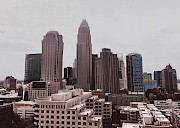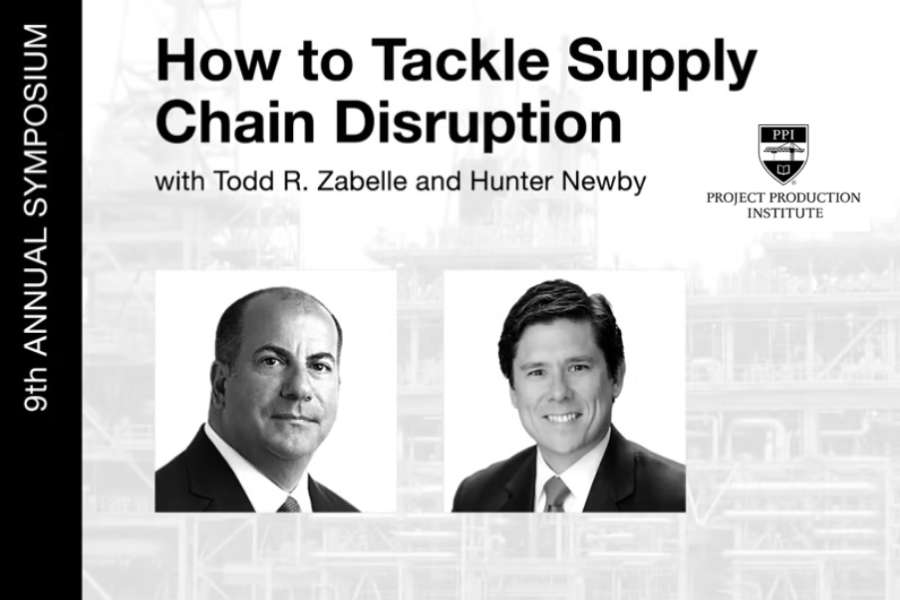Supply chain disruption: why it’s happening and how to tackle the problem
December 23, 2022

Hunter Newby joined Todd Zabelle to discuss supply chain disruption. Their symposium presentation was featured in an article on IT World Canada. Read the article below and watch the full video presentation "How to Tackle Supply Chain Disruption" here on the PPI website.
Supply chain disruption: why it’s happening and how to tackle the problem
Author & Source: SAMIRA BALSARA @ CHANNEL DAILY NEWS
At Project Production Institute’s ninth annual symposium, Todd R. Zabelle, founder and president of Strategic Project Solutions Inc, and Hunter Newby, owner of Newby Ventures, broke down ways that data centres can tackle supply chain disruptions, and what exactly is causing these issues.
Both Zabelle and Newby outlined the main issue: Supply chain disruption impacts revenue and through that, a company’s share price is affected.
“There’s a lot of consternation in the data centre world about the ability to get supply when it’s needed. It is definitely impacting share price…there’s a lot of pain going on right now,” Zabelle said.
He broke down the types of supply into three categories: Construction materials such as concrete, equipment like generators and items that go into data centres such as CPUs, and lastly, consumables.
In addition, there are three types of disruption when it comes to supply chain issues: force majeure, false demand, and capacity constraints.
An example of force majeure is the conflict in Ukraine. The Russia-Ukraine crisis has had an impact on auto parts, oil, grain, iron products, and more. In addition, a report from Dun & Bradstreet noted that more than 600,000 businesses worldwide rely on Russian and Ukrainian suppliers.
“What we found out was that one of the largest neon production plants in the world is based in Ukraine, and it was shut down as soon as the conflict began. And there was so much concentrated there that all the other sources of it couldn’t make up for it, because they could only increase production by one percentage point…This created a domino effect of problems that took several months to actually get baked in. But when it finally did, it slowed down supply chains,” Newby noted.
Another example of force majeure could be labour action such as port strikes, suggested Zabelle.
...




